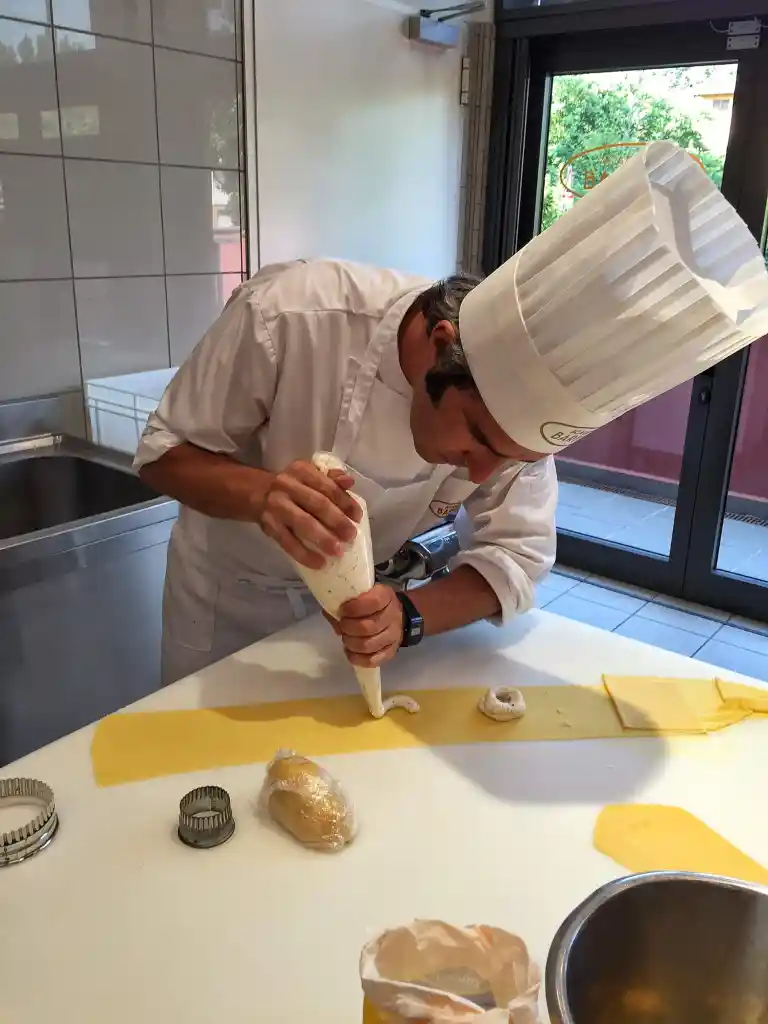
All About Italy’s Famous Dumpling.
Ravioli is one of Italy’s most enjoyed dishes. It’s a main dish, it’s a side dish, and it’s delicious all the time. Read about the ravioli history and all its possible origins.
Ravioli History & Origins
Ravioli comes from the word “riavolgere” meaning “to wrap” just as the pasta wraps the filling. Essentially, ravioli is a dumpling. Dumplings originated from China to Mongolia to Persia and then made their way over to Italy and Europe via the Silk Road.
One possible origin of the ravioli came from the torta, which are pies filled with meat and vegetables. The ravioli was created as a bite-sized version.
Another possible origin comes from the sailors of Genoa who wrapped their leftover meals within dough pockets so they could take the meal with them
The name ravioli was first mentioned in the 14th century in written documents and recipes which described the dish served in broth and filled with herbs, fresh cheese, and a beaten egg. The shape was square and cut into 4 cm sides. Around this same period, there is also a similar mention of a dish similar to ravioli called “rauioles” in the cookbook of the chefs’ of King Richard II of England.
Food historians claim that ravioli was first enjoyed by the aristocratic courts of Milan in the 1500s. It was also served in Rome to the papal concave. Because of its meatless fillings, ravioli was a popular dish served every Friday and during the Lenten season.
Sign up for my newsletter on the sidebar for blog updates and my travel insider tips! And, check out my vlogs on YouTube!


